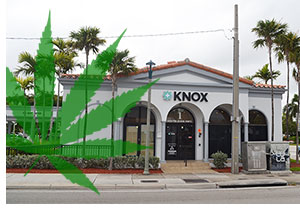
As a wave of marijuana legalization sweeps North America, some downtowns are taking advantage of the trend by welcoming — or at least cautiously allowing — pot shops in long-vacant spaces.
While voters in many U.S. states have overwhelmingly approved marijuana decriminalization, downtowns wrestle with a regulatory wrinkle: Even as pot shops multiply, marijuana remains federally illegal. That reality limits the number of storefronts available to marijuana dispensaries.
In Boulder, CO, where six dispensaries have set up shop in the city’s 49-block downtown district, some pot shops have gotten around real estate obstacles by simply buying buildings outright, says Sean Maher, chief executive officer of the Downtown Boulder Partnership.
While Boulder has a reputation as a weed-friendly city, local officials weren’t keen to disrupt a thriving downtown, one that has attracted many national retailers.
“We were just nervous that we were going to have too many dispensaries,” Maher says. “We didn’t want to have two or three on every block, just like we wouldn’t want two or three liquor stores on every block.”
So Boulder passed ordinances limiting the number of pot shops and prohibiting storefront dispensaries. Cannabis stores can occupy basements or spots inside office buildings, but they can’t operate in spaces facing the pedestrian mall on Pearl Street.
More on how pot shops are successfully blending into downtowns, appears in the August issue of Downtown Idea Exchange. Click to learn more about Downtown Idea Exchange and other resources for revitalizing downtowns and commercial corridors.
